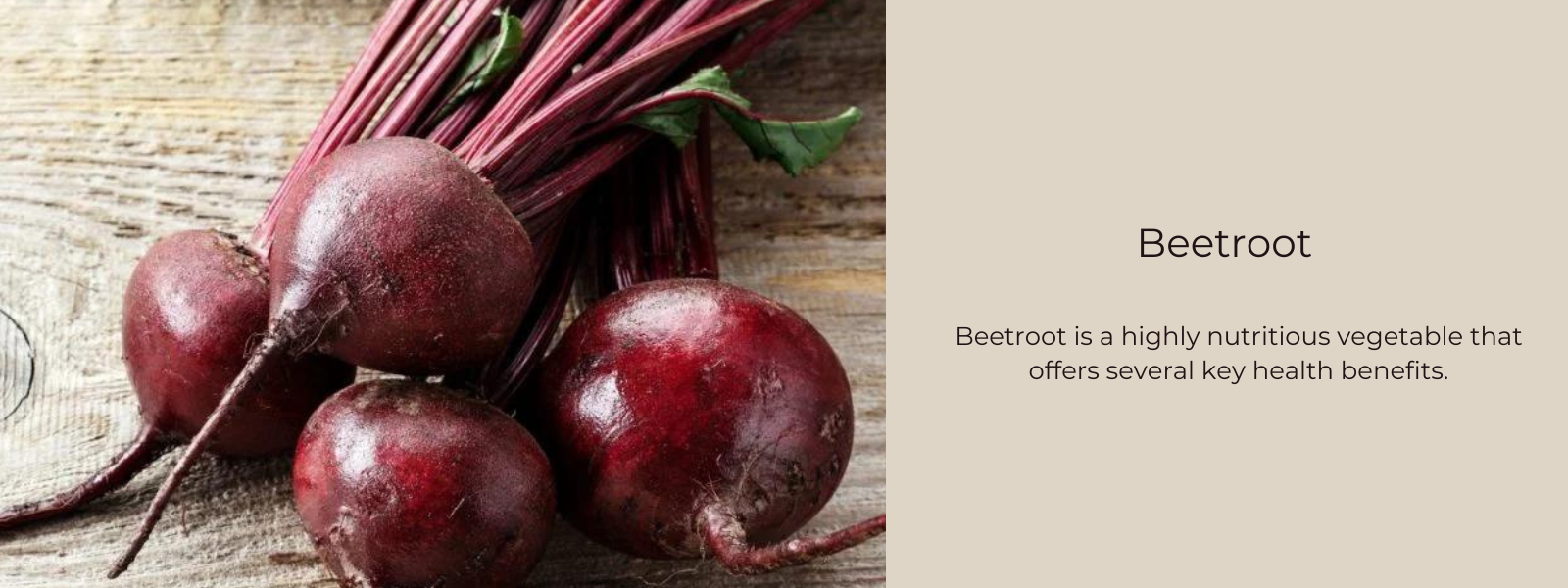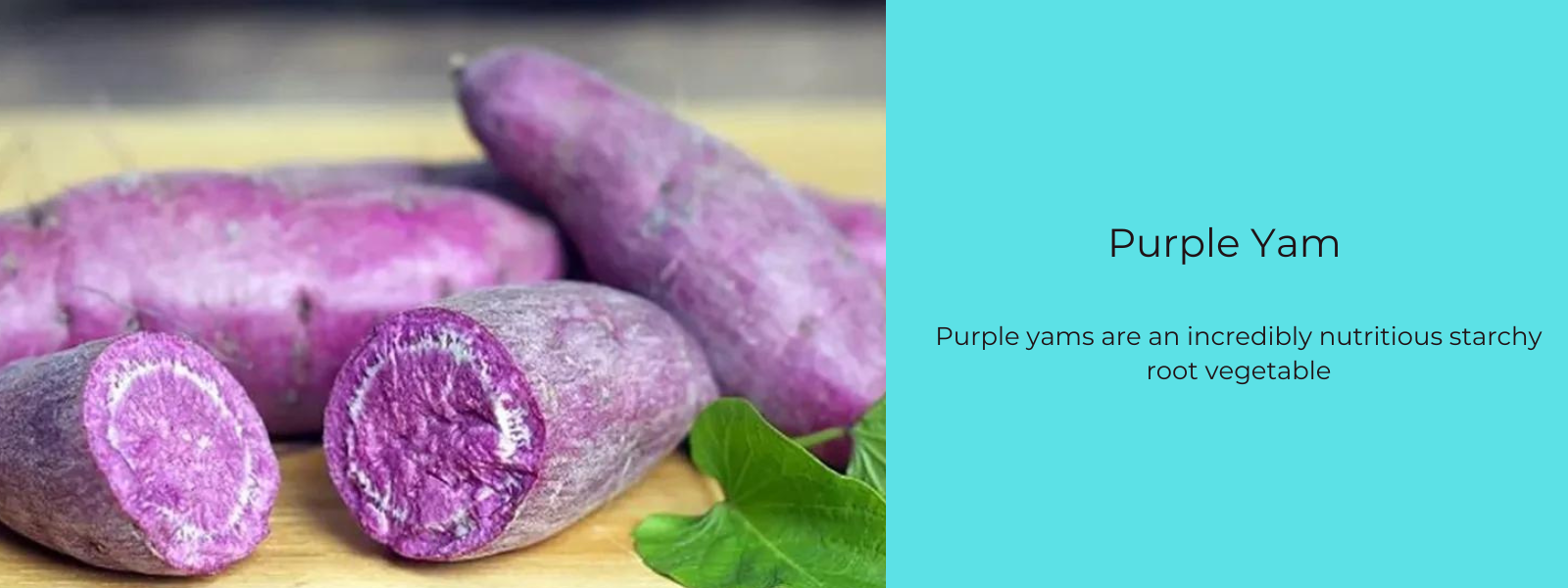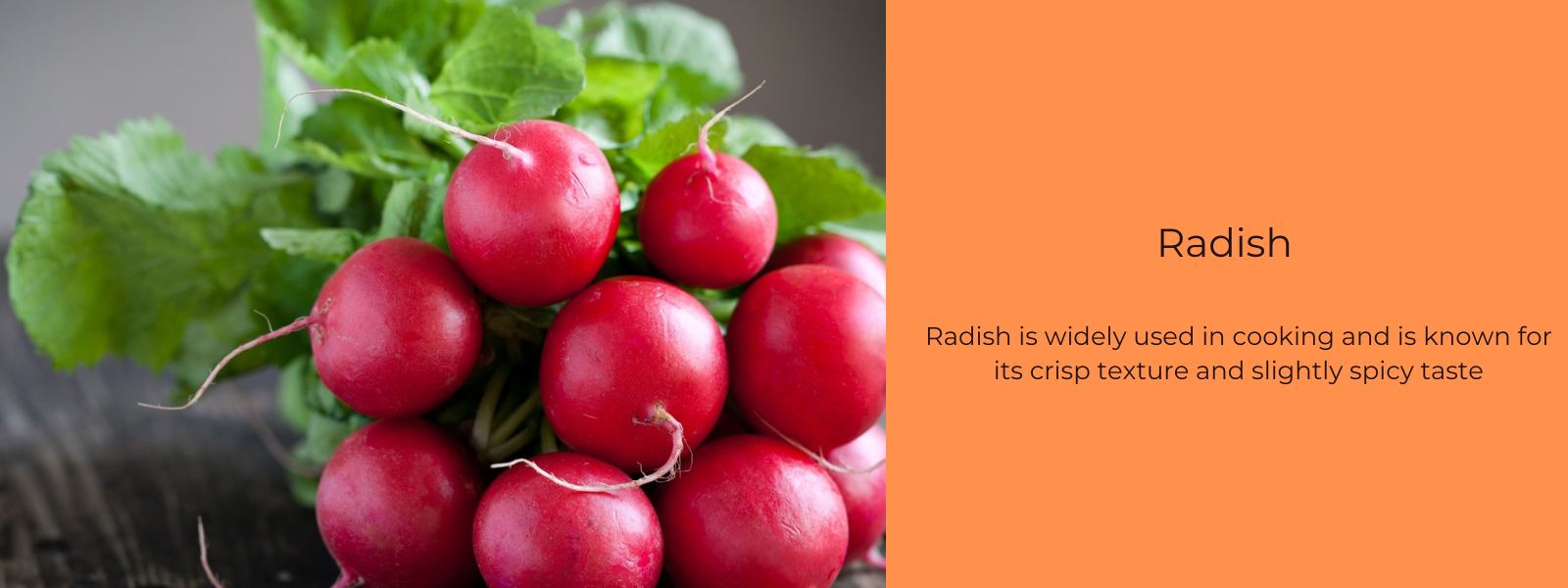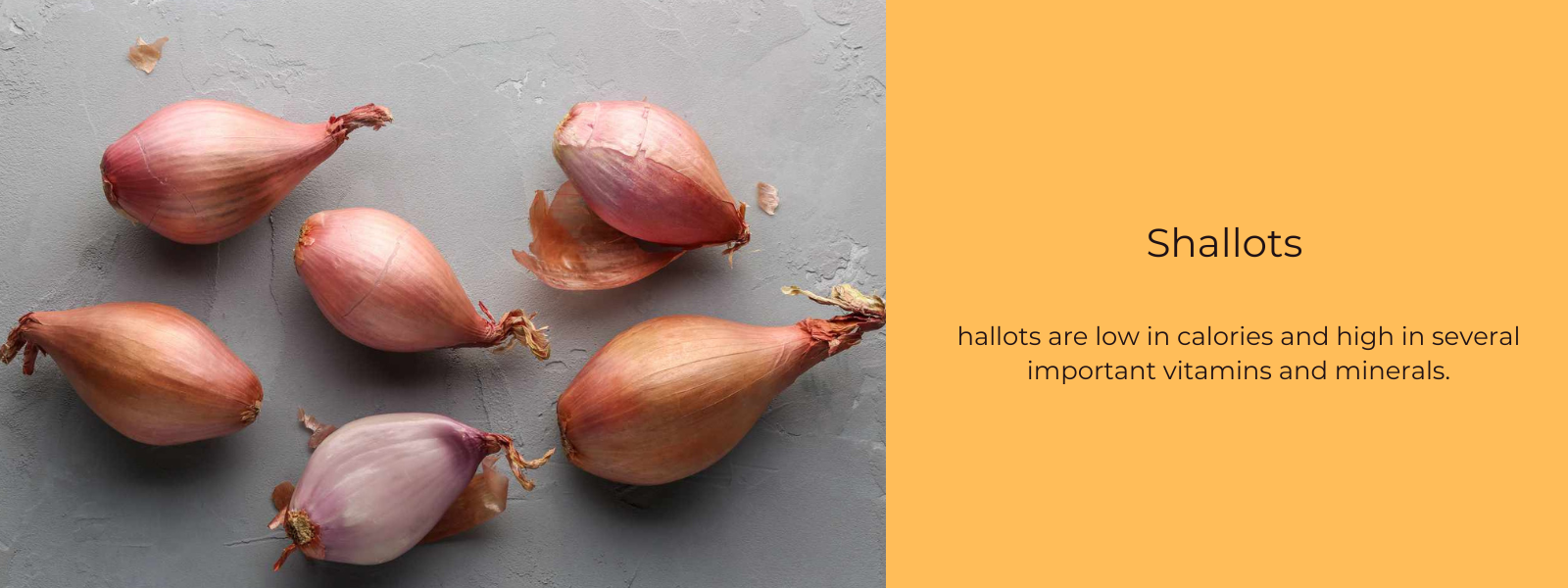Turnips have been cultivated for thousands of years and are native to Europe and Asia. They are grown in temperate climates all over the world today, including North America, Europe, and Asia. Turnips are low in calories and high in nutrients, including fiber, vitamin C, potassium, and calcium. They also contain smaller amounts of other vitamins and minerals, such as vitamin B6 and iron.
In cooking, turnips can be boiled, roasted, mashed, or used in soups and stews. They have a slightly sweet and earthy flavor that pairs well with many other vegetables and spices. Turnips are also commonly used in traditional dishes, such as Irish colcannon and Swedish rotmos.
Table of Contents
Nutritional Benefits of Eating Turnips:
Turnips are a highly nutritious root vegetable that offer a range of health benefits. Here are some of the key nutritional benefits of eating turnips:
- Low in calories: Turnips are very low in calories, which makes them a great food to include in a weight loss diet. One cup of cooked turnips contains only about 35 calories.
- High in fiber: Turnips are a good source of dietary fiber, which can help improve digestive health, lower cholesterol levels, and reduce the risk of heart disease.
- Rich in vitamin C: Turnips are a good source of vitamin C, which is an important antioxidant that helps protect the body from damage caused by free radicals. Vitamin C also helps support a healthy immune system.
- Contains potassium: Turnips are a good source of potassium, which is an important mineral that helps regulate blood pressure and support heart health.
- Contains calcium: Turnips are a good source of calcium, which is important for healthy bones and teeth.
- Provides other important vitamins and minerals: Turnips also contain other important vitamins and minerals, including vitamin B6, folate, iron, and magnesium.
Overall, turnips are a highly nutritious vegetable that can provide a range of health benefits when included in a balanced diet.
Health Benefits of Turnips:
Turnips are a highly nutritious vegetable that offer a range of health benefits. Here are some of the key health benefits of eating turnips:
- Reduces the risk of chronic diseases: Turnips are rich in antioxidants, including vitamin C and beta-carotene, which can help reduce inflammation in the body and protect against chronic diseases such as heart disease and cancer.
- Supports digestive health: Turnips are a good source of dietary fiber, which can help promote regular bowel movements, prevent constipation, and improve digestive health.
- Helps regulate blood sugar levels: Turnips are a low glycemic index food, which means they are digested and absorbed slowly, helping to regulate blood sugar levels and prevent spikes in insulin.
- Supports bone health: Turnips are a good source of calcium and vitamin K, both of which are important for healthy bones and can help prevent osteoporosis.
- Supports a healthy immune system: Turnips are a good source of vitamin C, which is important for a healthy immune system and may help prevent infections.
- Supports healthy skin: Turnips contain sulfur compounds that can help promote healthy skin and may even help prevent skin cancer.
Overall, turnips are a highly nutritious vegetable that can provide a range of health benefits when included in a balanced diet.
Common Uses for Turnips:
Turnips are a versatile vegetable that can be used in a variety of ways in cooking. Here are some common uses for turnips:
- Roasting: Turnips can be roasted with other root vegetables such as carrots and potatoes. They can be cut into small pieces or wedges and tossed with oil, salt, and pepper before roasting.
- Mashing: Turnips can be boiled and mashed just like potatoes. Adding butter and milk can help make the mash creamier.
- Soups and stews: Turnips can be added to soups and stews to add flavor and nutrition. They can be cut into cubes or thin slices and added to the pot along with other vegetables and meats.
- Salads: Raw turnips can be shaved or thinly sliced and added to salads for a crunchy texture and mild flavor.
- Pickling: Turnips can be pickled with other vegetables to create a tangy and crunchy side dish.
- Gratin: Turnips can be sliced thinly and layered in a casserole dish with cream and cheese to make a rich gratin dish.
- Side dish: Turnips can be boiled, steamed or sautéed and served as a side dish along with other vegetables or meats.
Overall, turnips are a versatile vegetable that can be used in a variety of dishes to add flavor and nutrition.
How to Store, Prepare and Cook Turnips:
Here are some tips on how to store, prepare and cook turnips:
- Storage: Turnips should be stored in a cool, dark, and dry place such as a pantry or root cellar. If you're storing turnips in the refrigerator, place them in a plastic bag with a damp paper towel to keep them from drying out. Turnips can be stored for up to a month.
- Preparation: To prepare turnips, cut off the top and bottom, and then peel the skin with a vegetable peeler. You can also leave the skin on if you prefer. After peeling, cut the turnips into small pieces or slices.
- Cooking: Turnips can be boiled, steamed, roasted, mashed, or sautéed. Boiling or steaming turnips takes about 15-20 minutes, while roasting them takes about 30-40 minutes. For mashed turnips, boil the pieces until they are soft and then mash them with butter and milk. Sautéed turnips can be cooked in a pan with oil and seasoning until they are tender and browned.
- Pairings: Turnips pair well with other root vegetables such as carrots, parsnips, and potatoes. They also go well with meats such as beef, chicken, and pork. Turnips can be flavored with herbs such as thyme, rosemary, or sage, or with spices such as nutmeg or cinnamon.
Overall, turnips are a versatile vegetable that can be prepared and cooked in a variety of ways. They are easy to store and can be used in a range of dishes to add flavor and nutrition.










Leave a comment